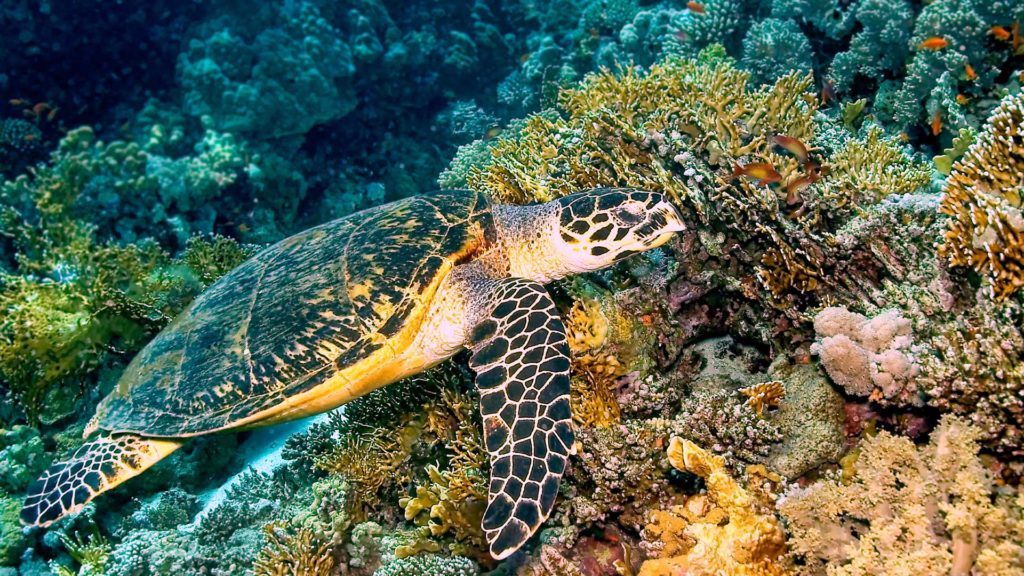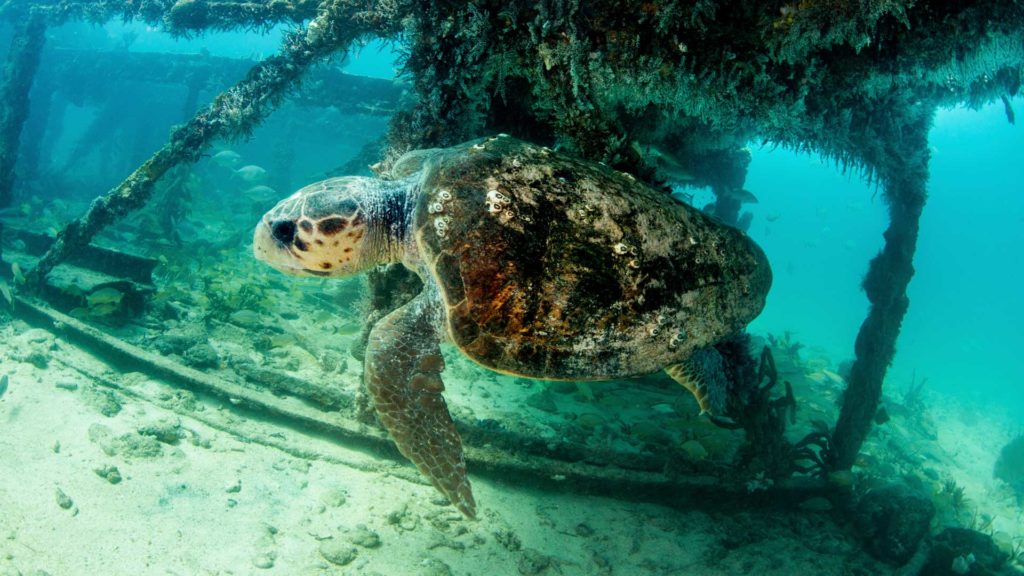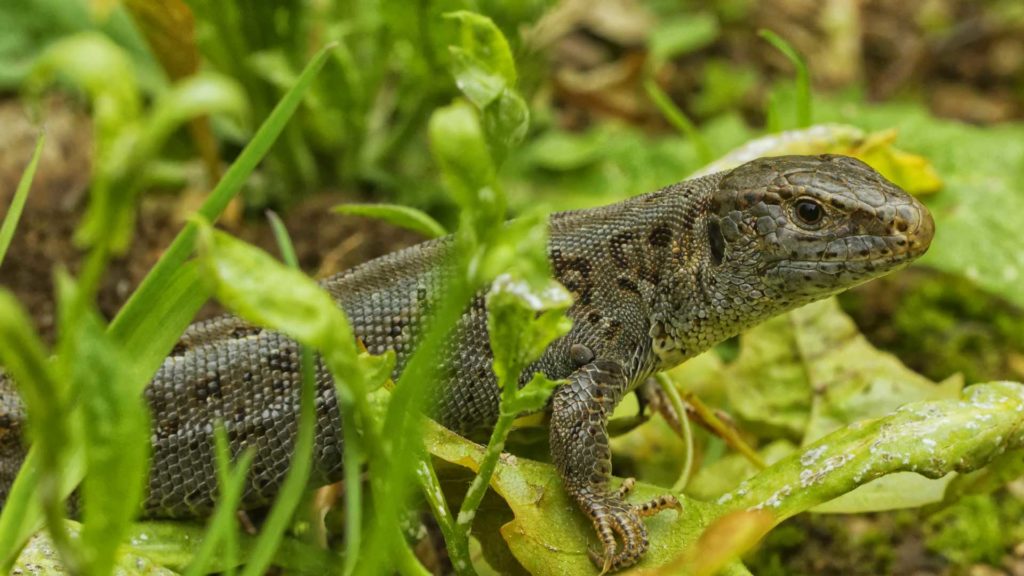Green Sea Turtle
Green sea turtles spend most of their time underwater and can spend up to 5 hours before coming up for air when they’re resting. They have long migrations from their feeding to nesting sites and have been recorded to travel over 1,615 miles (2,600km). When females...
Indian Star Tortoise
The Indian star tortoise’s name comes from the yellow or tan lines that radiate from the center of each plate on their shell. Female indian star tortoises are much larger than males and males usually have longer, thicker necks. Their shape is thought to be adapted...
King Cobra
King cobra primarily live in swamps and forests. The venom from their bite is extremely poisonous, with one bite being enough to kill an elephant. That being said, they’re usually not very aggressive and tend to retreat when they feel threatened unless they’re...
Komodo Dragon
Komodo dragons are the largest extant species of lizards and dominate the ecosystems where they live. Their scales have tiny bones called osteoderms which function as natural armor. They rely on stealth when hunting, camouflaging, and waiting till the moment is...
Leatherback Sea Turtle
Leatherback sea turtles are the largest turtles on the planet. They get their names because unlike other sea turtles whose shells are hard, the leatherback sea turtle’s shell feels leathery and rubbery. Leatherback sea turtles lay their eggs in the sand and as soon...
Loggerhead Sea Turtle
Loggerhead sea turtles get their names because of their oversized heads which some say resemble tree logs. Loggerhead’s have a much longer migration route between their breeding nests and feeding grounds. Female sea turtles travel over 7,457 miles (12,000km) to...
Nile Crocodile
Nile crocodiles spend their days basking in the sun and their nights hunting for something to eat. They have their nostrils, eyes, and ears on the top of their heads which allows them to hide almost entirely underwater in order to sneak up on their prey. Nile...
Sand Lizard
Sand lizards’ tails are longer than the rest of their bodies. They’re able to detach themselves from their tails in order to escape from predators. Their basic colors are brown, grey, and beige, but males’ flanks turn a bright green during mating season in order to...
Water Dragon
Seventy percent of the Water dragon’s body is made up of its tail which it uses to balance when jumping and climbing trees. Water dragons primarily live on trees along freshwater lakes and streams. When they need to escape from a threat, they jump down from the...
Animal Types

Amphibians

Birds

Fish

Invertebrates

Mammals










